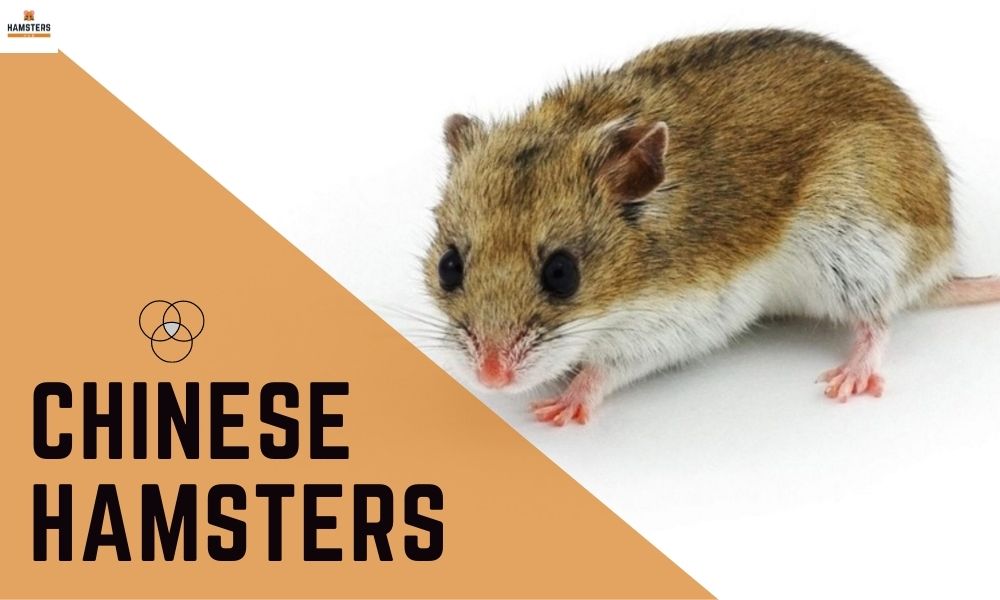As its name suggests, the Chinese Hamster comes from the deserts of northeast Mongolia and China. This species of Hamster was first domesticated in 1919, and its history began as a laboratory animal.
Years later, they replaced the Chinese Hamster with species easier to care for, which was when it became famous as a pet.
Physical Appearance
It is a long, thin rodent with a small 1-centimeter prehensile tail. It resembles the standard mouse, although it measures about 10 or 12 centimeters maximum, thus weighing about 35 or 50 grams.
The dark eyes, open ears, and innocent gaze make the Chinese Hamster a prized pet. They present a certain sexual dimorphism since the male is usually larger than the female and shows somewhat unbalanced testicles for his tiny body.
The Chinese Hamster is usually of two colors, reddish-brown or greyish-brown, although black and white specimens rarely appear. We observed lines in the upper parts of the body and a black stripe from the forehead along the spine, ending at the tail.
Origin of Chinese Hamster
- Asia
- China
- Mongolia
Behavior
The Chinese Hamster, once tame, is an ideal pet that will not wait to climb onto our hands or sleeves and thus enjoy our caresses and care. They are brilliant and playful animals that want contact with their owner.
They are somewhat unforeseeable towards members of the same species since they can become territorial. They are used to being friendless animals (it is not recommended to join groups that are not of the same sex). We must watch out if we keep large groups, as aggressions or disputes may occur.
Feeding
In the market, you will find many products from different brands that include various seeds to feed your Chinese Hamster. Its content should consist of oats, wheat, corn, rice, and barley. They should be foods rich in fibre and low in fat.
You can add fruits and vegetables to your diet, such as cucumber, tomatoes, zucchini, spinach, or lentils, as well as apples, pears, bananas, or peaches.
You can also add small amounts of dried fruits like hazelnuts, walnuts, or peanuts. We can include oatmeal with milk in their diet in babies, pregnant mothers, nursing mothers, or the elderly.
It feeds on herbs, shoots and seeds, and even insects in nature.
Habitat
Chinese hamsters are very active animals and must have a cage of at least 50 x 35 x 30 centimeters. His great fondness for climbing leads us to look for a two-story cage, use hanging toys, a wide wheel, and even a route so that he can have fun when we are not with him.
Diseases
Check out the list of common diseases of the Chinese Hamster:

